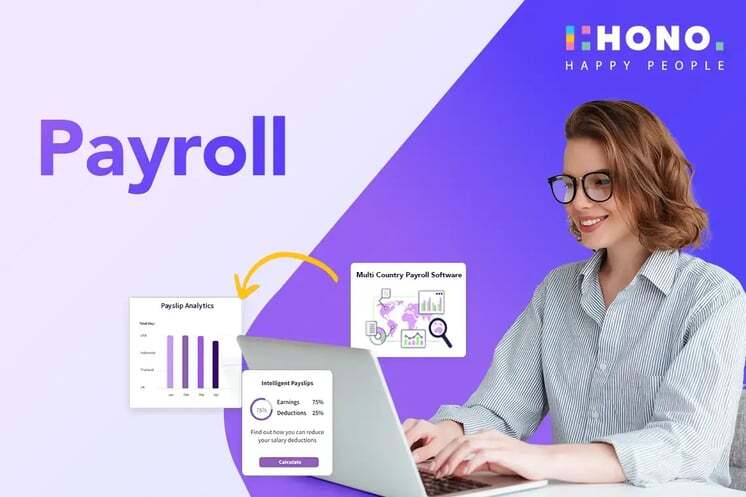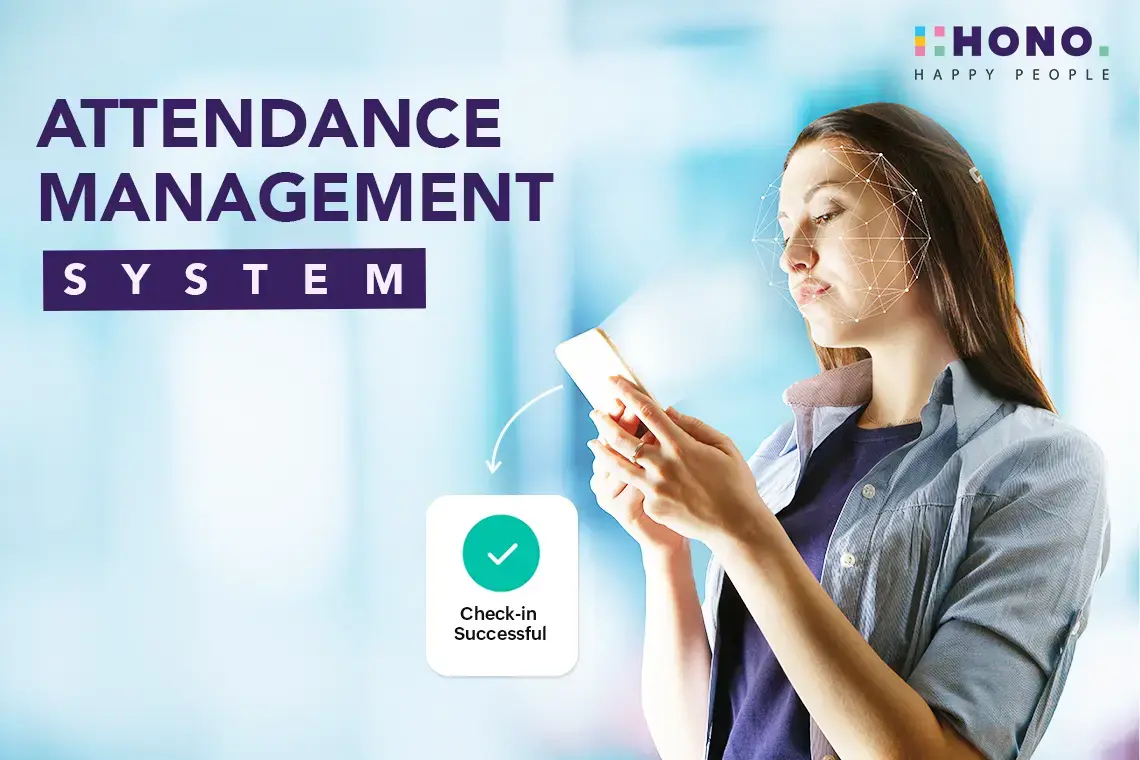Being aware of the cultural norms and societal traditions that affect the workweek throughout the world is important for any global company. The United States and the United Kingdom have 40-hour workweeks, however this is not the case in many countries.
The definition of a "standard" workweek and the maximum number of hours an employee is permitted to put in vary from country to country. To comply with international working hours and overtime compensation requirements, you must have suitable overtime management software or a system in place. In this blog, we will discuss these challenges and offer some solutions to help address them.
HR challenges faced in Overtime Management and their effective solution:
1. Manual Time and Attendance Systems
Time and attendance management is still mostly handled manually in companies, which may be inefficient and error-prone. Also, if your organization also involves a global workforce, it’s even more complex. Paperwork piles up quickly when procedures are handled manually, making management a nightmare.
Solution: Automated Time and Attendance Management Systems
Automated time and attendance systems are the answer to this problem since they streamline the process and eliminate human mistakes. Time is saved, paper is reduced, and accuracy is increased with the help of automated technologies. They may also swiftly create reports for managers to use in making data-driven choices at the moment.
2. Undue advantage of manual entry
Having employees clock in and out for each other or faking attendance records is a prevalent problem for many companies. Inaccurate records and increased labor expenses are two results of manual entry of employees to companies.
Solution: Attendance Tracking Based on Biometrics
Companies can handle this issue by implementing biometric attendance systems, such as fingerprint readers, facial recognition technology, or iris scanners. These systems are hard to hack and can deliver reliable attendance records.
4. False Records of Attendance
Incorrect attendance records are another frequent issue. This might happen when workers make honest mistakes or just forget to punch in or out.
Solution: Real-time Time and Attendance Recording System
Businesses can address this issue by instituting real-time attendance tracking systems to monitor employees' presence as per the specific time-zone of working hours. Managers can also receive notifications from these systems about when employees are running late or missing.
5. Managing overtime
Organizations may find it challenging to manage overtime due to the complexity involved in keeping correct time records, especially with different time zones involved globally.
Solution: Calculating overtime hours automatically
Automated overtime management software is an effective solution to keep precise time records of overtime. Overtime rules may be managed more efficiently with the help of automated technologies, guaranteeing that workers are compensated fairly for their additional hours of work.
6. Adherence to Region-specific Laws
Dealing with global overtime regulations and the differences between nations in particular is a complex process for the HR department. Where local legislation differs from those in the United States, particularly with regard to the Fair Labour Standards Act (FLSA), there may be disparities between blue and white collar employees, as well as within European Union (EU) nations.
Solution: Compliance management tools
Organizations can address these issues by implementing compliance management systems to monitor and ensure adherence to nation and place-specific labor regulations. These systems may also send out updates if there are modifications to labor legislation, letting firms know they are in compliance.
Tips to Efficiently Manage Overtime
1. Evaluate Workload Regularly
Regularly assess the workload and project deadlines to determine if overtime is necessary. Understanding the demands of each project will help distribute tasks evenly among team members, reducing the need for excessive overtime.
2. Prioritize Tasks Effectively
Use project management tools to prioritize tasks efficiently. Assign deadlines and delegate responsibilities according to employees' skills and availability. This will streamline the workflow and reduce the likelihood of last-minute overtime requirements.
3. Offer Flexible Schedules
Consider implementing flexible work arrangements, such as remote work or flexible hours. Allowing employees to manage their schedules better can lead to increased productivity during regular hours and reduce the need for overtime.
4. Plan for Peak Seasons
Certain industries experience peak seasons where the workload increases significantly. Plan ahead for these periods and hire temporary staff or redistribute tasks among existing employees to handle the workload without overwhelming them with overtime.
5. Encourage Time Management
Promote time management skills among employees to ensure they make the most of their regular work hours. Provide training and resources to improve efficiency and reduce the need for overtime due to inefficiencies.
Accurate Overtime Tracking
6. Implement a Time Tracking System
Invest in a reliable time tracking system that accurately records employees' work hours, including overtime. This system should be user-friendly and easily accessible for both employees and management.
7. Educate Employees on Overtime Policies
Ensure that all employees are well-informed about the company's overtime policies and procedures. Clarify how overtime is calculated and when it is appropriate to claim overtime hours.
8. Regularly Review Overtime Records
Conduct regular reviews of overtime records to identify any patterns or trends. Address any potential issues promptly and make adjustments to improve accuracy.
9. Monitor Compliance with Labor Laws
Stay up-to-date with labor laws and regulations regarding overtime to avoid legal issues. Compliance with these laws is crucial to protect both employees and the company.
How HONO HCM helps with effective overtime management?
HONO HCM has a number of features specific to different HR challenges. In this context, HONO’S automated leave and overtime management system can be effective in managing overtime seamlessly and reduce the burden on HR personnel.
Benefits of HONO’s leave and overtime management system
- Multiple methods for recording attendance (Geofencing, offline, facial recognition, biometrics, online portal) are available.
- Multiple work locations may be identified in the system, allowing employees to mark attendance from multiple places.
- Bulk uploads of attendance punches, absence reports, and overtime requests are all possible with an HR administrator's access.
- Several attendance methods, such as auto present rules and single punch, can be engaged based on your requirements.
- HR personnel in the organization can take action on behalf of the manager on AR & OD request.
- One of the most useful features in HONO HCM is that the employees doing overtime can mark their attendance from whatsapp as well which makes the entire process even more efficient.
How to leverage HONO HCM to manage overtime effectively, maintain compliance, and foster a productive work environment?
- Time and attendance tracking
Overtime costs can be reduced with precise time and attendance tracking. Insist that everyone record their hours worked reliably and accurately using the time tracking facilities provided by HONO HCM.
- Automate Overtime Calculations
Say goodbye to manually calculating overtime! Overtime is calculated automatically by HONO HCM based on your regulations and workers' time inputs. This automation reduces mistakes and saves HR employees important time.
With HONO HCM's real-time monitoring capabilities, you can stay on top of overtime problems as they arise. This functionality enables HR professionals to quickly detect possible overtime circumstances, helping them to manage workload and expenditures more effectively.
- Overtime Workflows Approval
Implement a structured overtime approval process within HONO HCM to ensure that overtime is only worked when authorized by managers. This controlled approach helps prevent unnecessary overtime costs and keeps overtime within budgeted limits.
The reporting and analytics features of HONO HCM can help you make the most of your data. Learn the overtime patterns of your entire organization or specific teams to make better HR choices.
Facilitate efficient overtime management by training HR staff and managers to use HONO HCM. By providing training and continuing assistance, the platform's features may be fully utilized by all users.
Request a Demo Now!

.png?width=70&height=70&name=Team%20HONO%20logo-01%20(1).png)


.jpg)
.jpg)





